On Monday, August 21, all of the continental United States will have the chance to view a solar eclipse, and depending on where you're located you might even be able to see a total solar eclipse. The eclipse's "path of totality" -- or the shadow of the moon as it moves in front of the sun -- will begin in Oregon and end in South Carolina, and anyone sitting outside the path will be witness to a partial solar eclipse.
For this reason, NASA is launching a suite of streaming programs covering the best views of the eclipse and its path of totality, giving anyone a chance to watch on their iPhone, iPad, iPod touch, or Apple TV, particularly those who live far away from the path of totality. NASA Television's "Eclipse Across America" will include vantage points of the eclipse on the ground, from aircrafts, and even from the International Space Station.

To tune into the live broadcast, there are a few platforms you can choose from: the main NASA app for iOS [Direct Link], and the NASA app for tvOS, which you can download from the App Store on the fourth-generation Apple TV. Android users can watch on Android smartphones, Amazon Fire tablets, and Fire TV devices.
A preview show will kick off at 12:00 p.m. ET, hosted from Charleston, South Carolina, and live coverage will last for four hours. At 1 p.m. ET the main show will begin and continuously cover the path of totality the eclipse will take as it travels across the United States.
The partial eclipse will begin in Oregon at around 9 a.m. PT and totality will occur just over one hour later. The eclipse will then end in South Carolina with a partial eclipse hitting just after 1 p.m. ET and totality occurring approximately between 2 p.m. and 3 p.m. ET. For those in the path of totality, the total solar eclipse will last just a few short minutes (between 2 minutes and 2 minutes and 40 seconds), although the exact duration will vary by location.
The lunar shadow enters the United States near Lincoln City, Oregon, at 9:05 a.m. PDT. Totality begins in the United States in Lincoln City, Oregon, at 10:16 a.m. PDT. The total eclipse will end in Charleston, South Carolina, at 2:48 p.m. EDT. The lunar shadow leaves the United States at 4:09 p.m. EDT. A partial eclipse will be visible throughout the United States.
NASA has created a useful interactive map for finding the times when the eclipse will appear near you, as well as how high the obscuration percentage (percent of totality, with higher being darker) will be in your area.
In regards to eye and camera safety, NASA has a wealth of resources to guide you on viewing and recording the eclipse. The organization suggests that you only purchase solar viewers from its list of reputable retailers and vendors. The safety precautions are particularly aimed at the time of the partial solar eclipse, when sunlight can still be seen in the sky.

There's also a document [PDF] that NASA has created on the subject of eclipse smartphone photography, briefing those interested in capturing the eclipse with various tips on getting the best shots. Without a professional camera, tripod, or telescope, most smartphone shots of the eclipse will likely still come out as images with a tiny bright disc in the sky.
NASA warns that smartphones with wide apertures, between f/1.7 and f/2.0 (in terms of iPhones only the iPhone 7's f/1.8 fits in this range), could face potential damage when pointed directly at the sun for long periods. There are steps that can be taken to avoid such a risk, including simply taking quick snaps of the eclipse, covering the iPhone's lens with solar viewer safety glasses, or investing in telephoto lens attachments.
No matter what, be sure to keep solar glasses on at all times when photographing a partial solar eclipse with either a smartphone or professional camera system.
There are plenty of other apps and platforms that the 2017 solar eclipse will be viewable on, including most major media outlets and their own iPhone, iPad, iPod touch, and Apple TV applications.


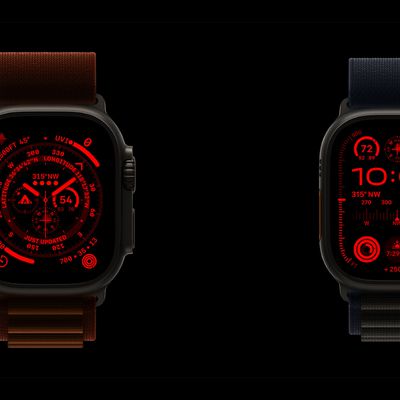
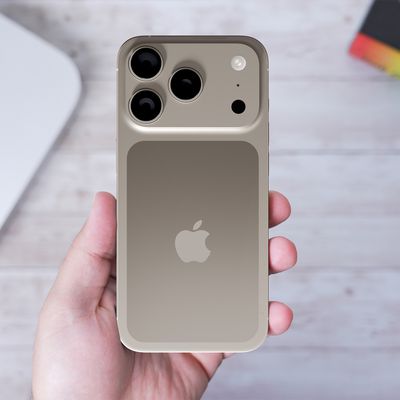
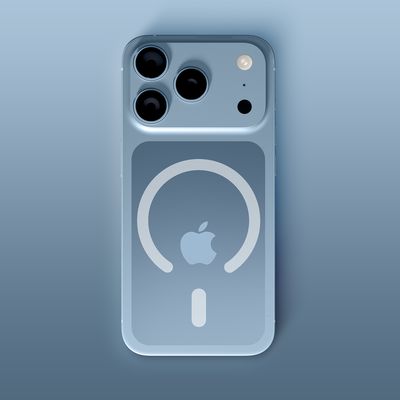
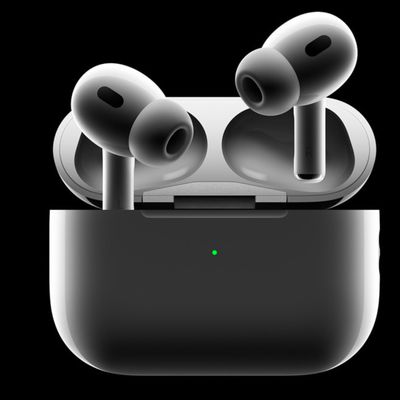

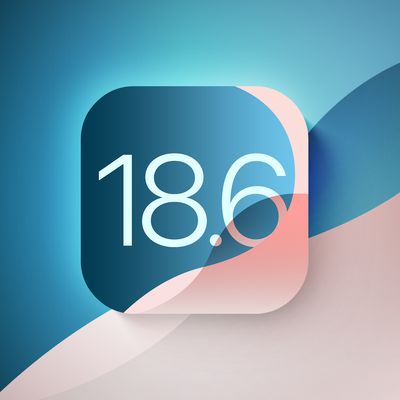








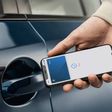



Top Rated Comments
Twitter: https://twitter.com/aacduke
Instagram: https://instagram.com/duke.photos
I'm using my old 7D so I can get some more reach with my 400mm lens. Hope the image quality will be good enough. I'm in the process of switching to Sony mirrorless but don't have all the parts I need yet, and my 5D MkIII at work doesn't have the crop factor to get a tight shot of the corona.
The last time a total solar eclipse crossed the entire continental United States was in 1918. That's fairly rare. Furthermore, the mean frequency of a total eclipse occurring at any given location on the Earth's surface is roughly 1 in every 375 years. So it's pretty rare!
Furthermore, many people can't afford to travel the world to chase eclipses. Many of us have seen a regular partial eclipse, but a total one where the corona shines bright with the stars and inner planets visible? Rare! It's going to be amazing! That being said, we're lucky to have another one happening in April 2024, and both cross through my state. The one on Monday goes directly over my house. I am within seconds of maximum totality. We have friends and family coming in from across the country! I'm super hyped and have my camera gear ready.
Again, feel free to check out my social media for photos! I don't ever promote myself but people might like to see some of the shots.
:p